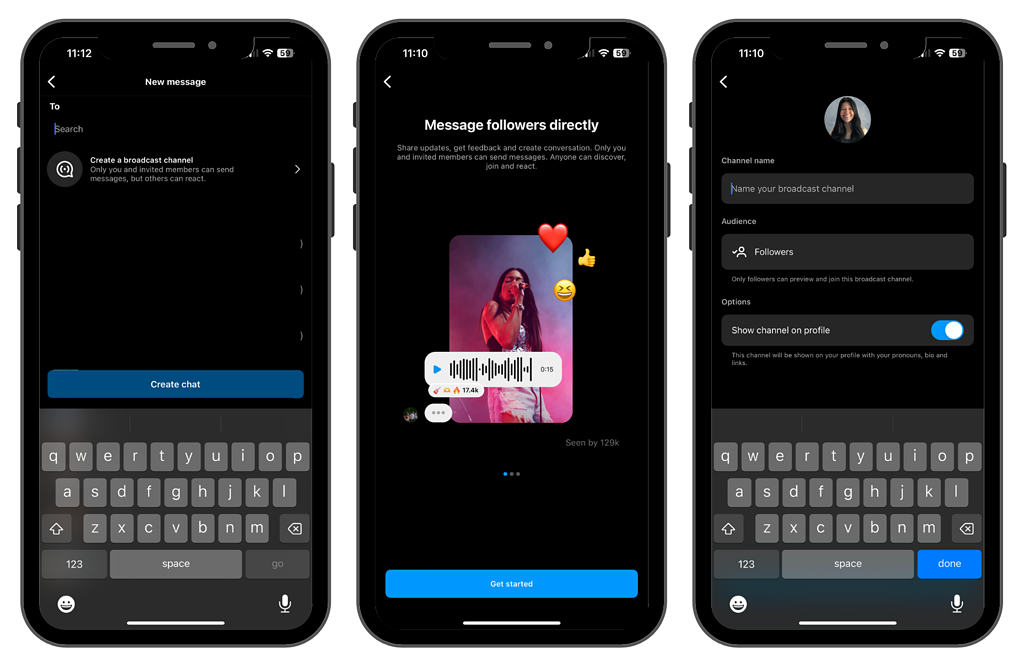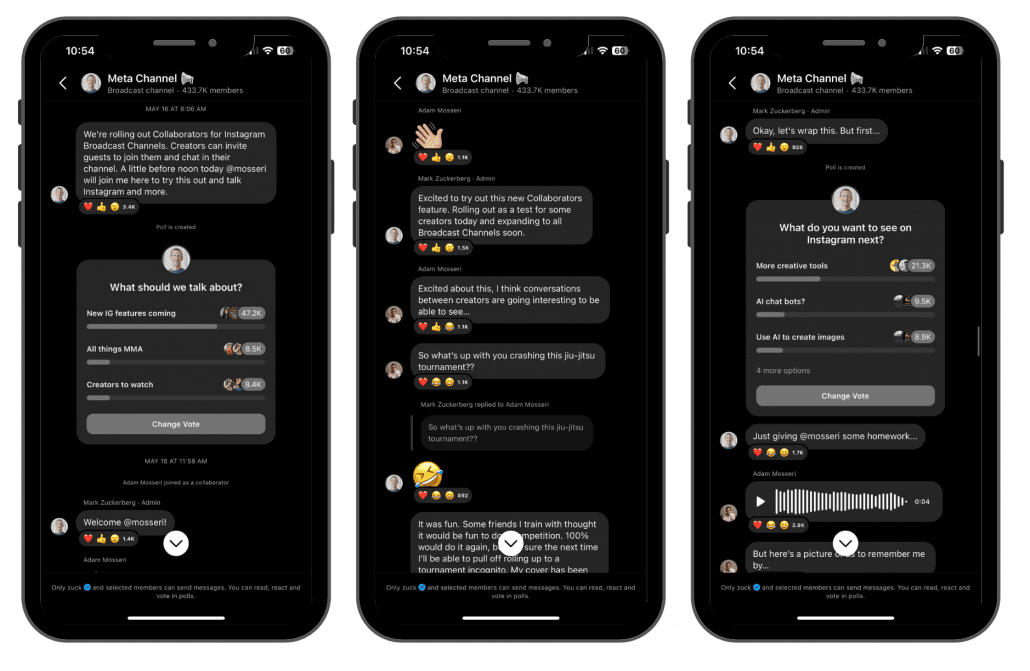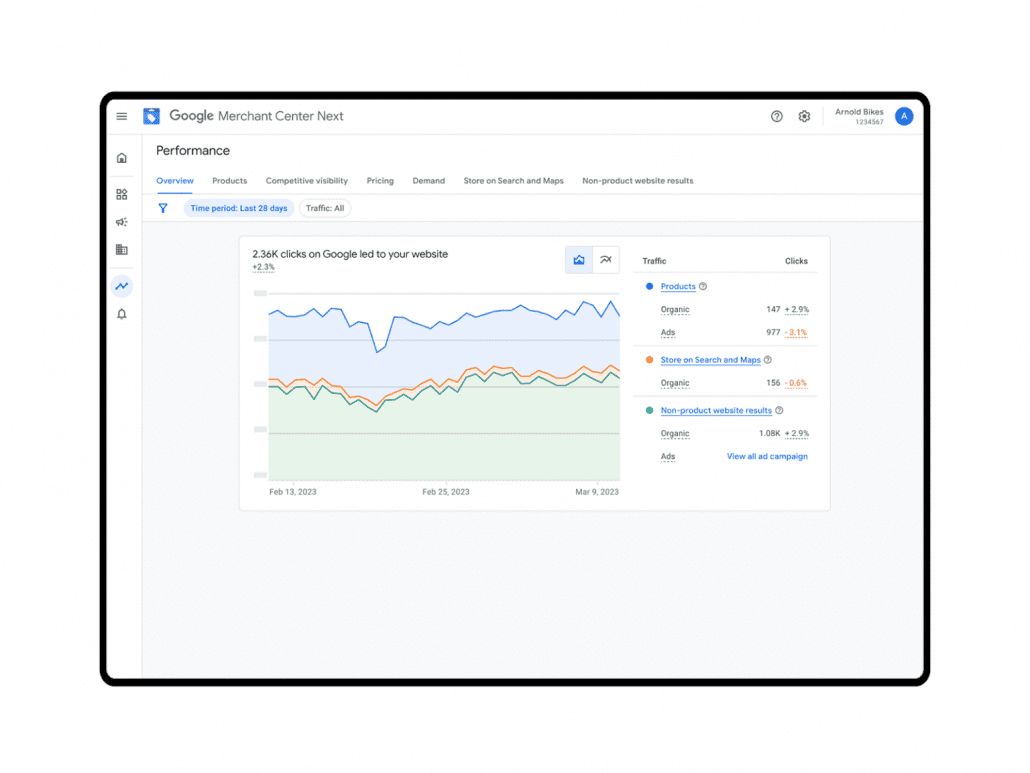Google is giving advertisers more control over where their ads appear in Search with two new features that have only been available to a small number of advertisers previously.
The company announced it will be bringing brand exclusions for Performance Max campaigns and broad match brand restrictions for all advertisers on Search.
In the announcement, the company said that both pilot tests were “successful” and that bringing these tools to more advertisers would improve campaign performance. They also promise that using brand exclusions and restrictions will help improve reach by guaranteeing your ads are not appearing along controversial, irrelevant, or problematic search content.
Notably, these are one of the many new features on the platform which are being assisted with AI.
Google gave Search Engine Land two statements, one for each new ad feature:
“[Advertisers can] expand the reach of your brand campaigns with new brand restrictions for broad match. Broad match gives you the most relevant reach and conversions within your performance goals.”
“In the past, it may have been difficult to use broad match in campaigns with specific brand needs. That’s why we’re rolling out brand restrictions. This new feature will help you get the additional reach of broad match, while ensuring it is only matching to relevant brand traffic that you’ve specified.”






